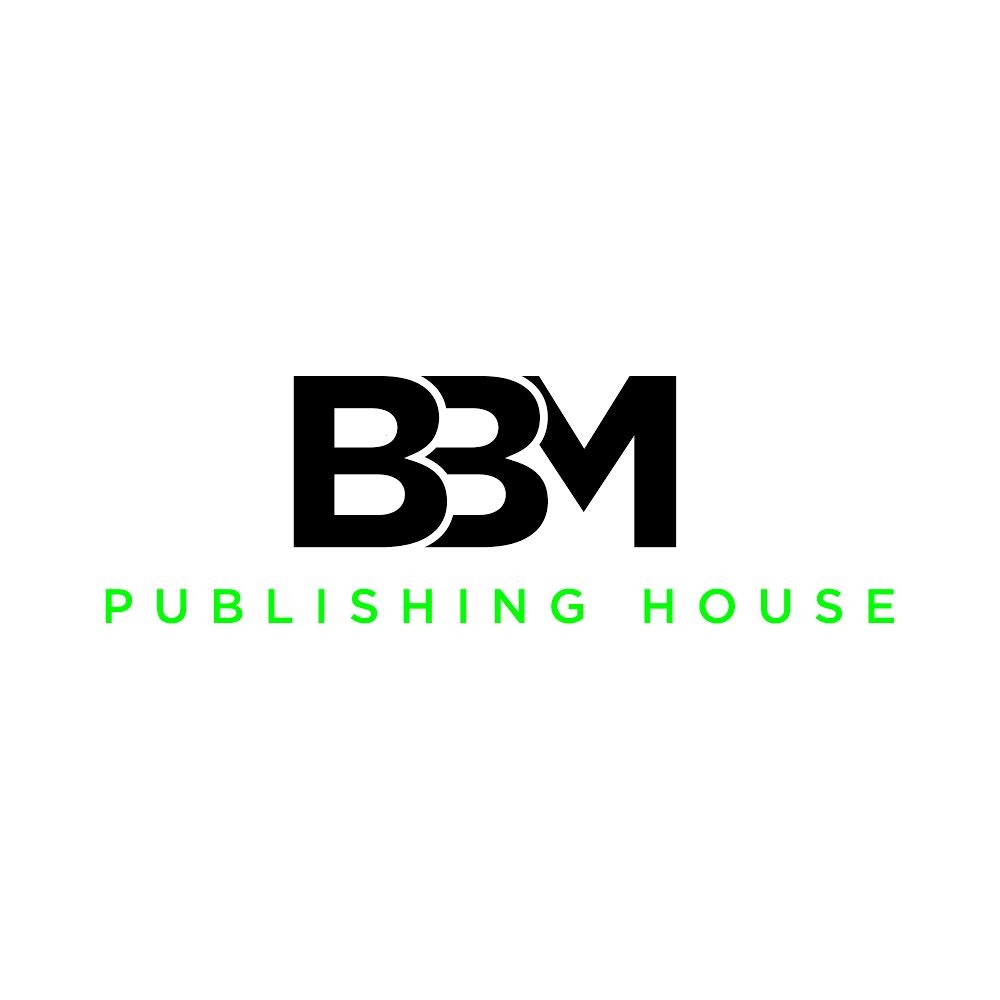Effective Email Communication Strategies for Your Business

Email communication remains a cornerstone of effective business operations. Despite the rise of various communication platforms, email continues to be the preferred method for formal communication, marketing, and customer relationship management. For web developers in the field, understanding and implementing effective email communication strategies can significantly improve client interactions, project coordination, and marketing efforts. This article explores several key strategies to enhance your business email communication, ensuring better engagement, relationship building, and conversion rates.
The Importance of Email Communication
Email communication is essential for several reasons:
- Professionalism: Emails provide a formal and traceable means of communication.
- Accessibility: Most people have access to email, making it a universal communication tool.
- Efficiency: Emails allow for the dissemination of information quickly and to multiple recipients.
Strategy 1: Crafting Clear and Concise Subject Lines
The subject line is the first thing recipients see and often determines whether they open the email. To improve open rates, follow these tips:
- Be Specific: Clearly state the purpose of the email. For example, "Project Update: Milestone Achieved" is better than "Update."
- Keep it Short: Aim for subject lines under 50 characters to ensure they display correctly on mobile devices.
- Create Urgency: Words like "Urgent," "Important," or "Action Required" can prompt quicker responses.
Strategy 2: Personalizing Your Emails
Personalization goes beyond addressing the recipient by name. It involves tailoring the content to meet the recipient's needs and interests:
- Use Personal Data: If possible, reference past interactions or specific details relevant to the recipient.
- Segment Your Audience: Group recipients based on their roles, interests, or past behavior to send more targeted messages.
- Dynamic Content: Use tools that allow you to insert personalized content dynamically, such as tailored offers or relevant updates.
Strategy 3: Structuring Your Emails Effectively
A well-structured email is easier to read and more likely to convey the intended message:
- Start with a Clear Introduction: Begin with a brief overview of the email’s purpose.
- Use Subheadings and Bullet Points: Break down information into digestible parts to enhance readability.
- Include a Call to Action (CTA): Clearly state what you want the recipient to do next, whether it’s replying, clicking a link, or attending a meeting.
Strategy 4: Focusing on Mobile Optimization
With an increasing number of people checking emails on mobile devices, ensuring your emails are mobile-friendly is crucial:
- Responsive Design: Use email templates that adapt to different screen sizes.
- Short Paragraphs: Keep paragraphs short to avoid overwhelming the reader.
- Large CTA Buttons: Make buttons large enough to be easily tapped on a touchscreen.
Strategy 5: Automating Email Campaigns
Email automation can save time and ensure timely communication:
- Drip Campaigns: Set up automated sequences for onboarding new clients or nurturing leads.
- Triggered Emails: Send emails based on specific actions taken by the recipient, such as downloading a resource or making a purchase.
- Follow-Up Reminders: Automate follow-up emails to ensure no communication falls through the cracks.
Strategy 6: Monitoring and Analyzing Email Performance
Regularly analyzing email performance can help you understand what works and what needs improvement:
- Open Rates: Track how many recipients open your emails to gauge the effectiveness of your subject lines.
- Click-Through Rates (CTR): Monitor how many recipients click on links within your emails to assess the relevance and appeal of your content.
- Conversion Rates: Measure the percentage of recipients who complete the desired action, such as making a purchase or filling out a form.
Strategy 7: Ensuring Deliverability and Avoiding Spam Filters
Even the best email campaigns are ineffective if they don't reach the recipient’s inbox:
- Clean Your Email List: Regularly update your email list to remove inactive or incorrect addresses.
- Authenticate Your Emails: Use SPF, DKIM, and DMARC authentication to improve deliverability.
- Avoid Spammy Language: Refrain from using excessive exclamation points, all caps, or trigger words like “free” or “urgent” that can cause emails to be flagged as spam.
Strategy 8: Encouraging Engagement
An engaging email encourages recipients to interact with your content:
- Ask Questions: Invite recipients to reply with their opinions or questions.
- Include Interactive Elements: Add polls, surveys, or clickable images to increase interaction.
- Provide Value: Ensure every email offers something of value, whether it’s information, resources, or exclusive offers.
Strategy 9: Maintaining Consistency
Consistency in your email communication helps build trust and familiarity with your audience:
- Regular Schedule: Send emails at consistent intervals to keep your audience engaged without overwhelming them.
- Brand Voice: Maintain a consistent tone and style that reflects your brand’s personality.
- Visual Consistency: Use consistent branding elements like colors, logos, and fonts across all emails.
Strategy 10: Staying Compliant with Regulations
Ensure your email practices comply with relevant regulations such as the CAN-SPAM Act and GDPR:
- Include an Unsubscribe Option: Make it easy for recipients to opt out of your emails.
- Respect Privacy: Handle personal data with care and obtain explicit consent for communications.
- Transparent Communication: Clearly state who you are and how recipients can contact you.
Effective email communication is vital for building strong relationships, enhancing engagement, and driving conversions. By implementing these strategies, web developers can optimize their email practices to achieve better results. Remember, the key to successful email communication lies in understanding your audience, personalizing your messages, and consistently providing value.
For personalized guidance on improving your email communication strategies, book a free web consultation with BBM Publishing House. Stay updated with the latest trends and tips by reading our weekly blog, Web Dev "Unfiltered," at bbmpub.com.

Professional UX Designer, Entrepreneur and overall creative. Spenser has been dedicated to sharing stories from our community and creating opportunities for others through various mediums. Founder of Black Business Mine Publishing House, a company that creates content distinctly for OUR community, while offering business consulting, and comprehensive web design and development services.
Notary Profile | MILLIONAIRE WEB SERVICES | BOOK FREE WEBSITE CONSULTATION

 Manage Your Money Like A Boss! w/ Payyit
Manage Your Money Like A Boss! w/ Payyit

